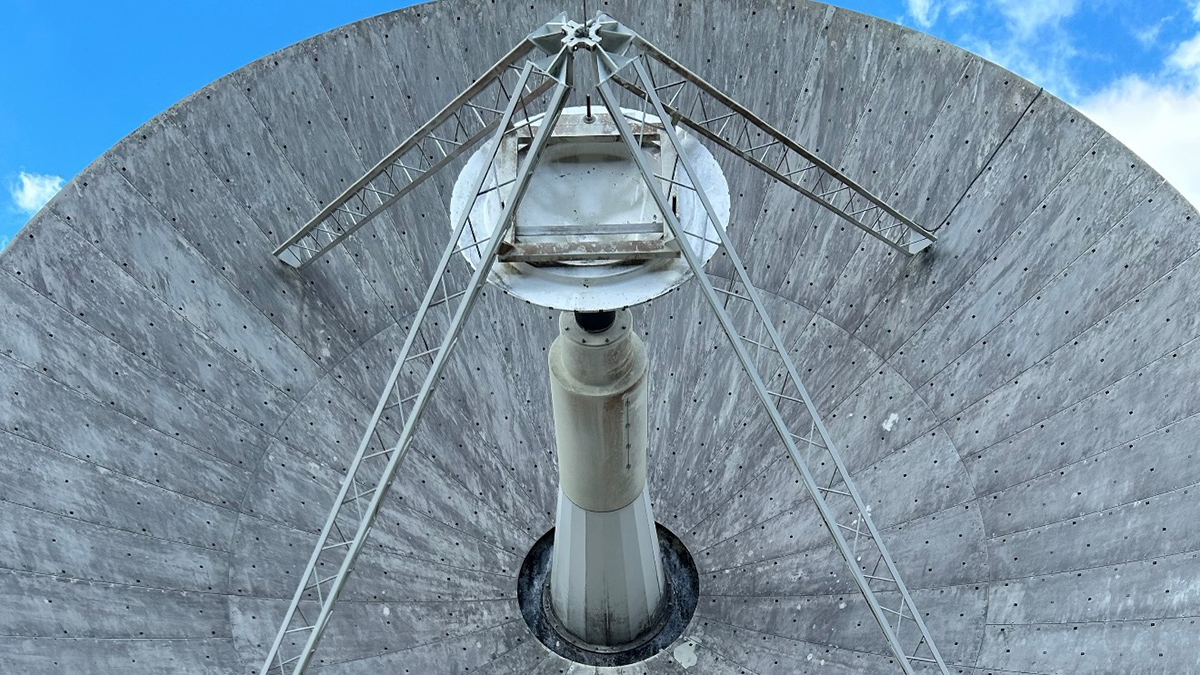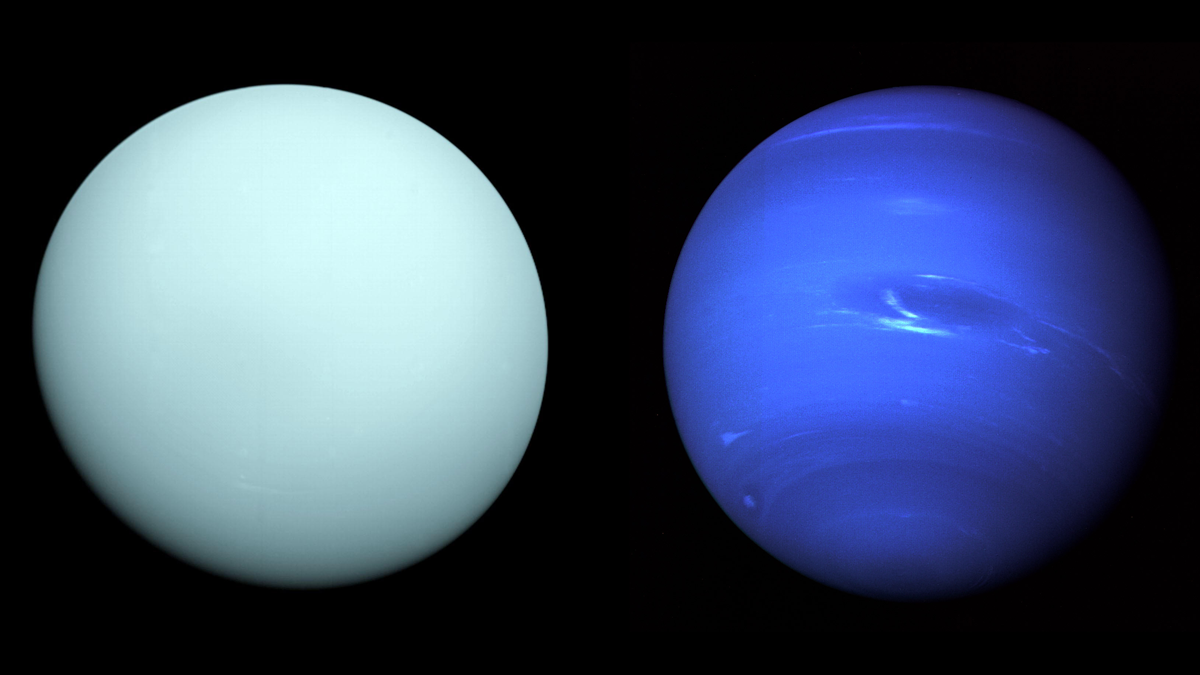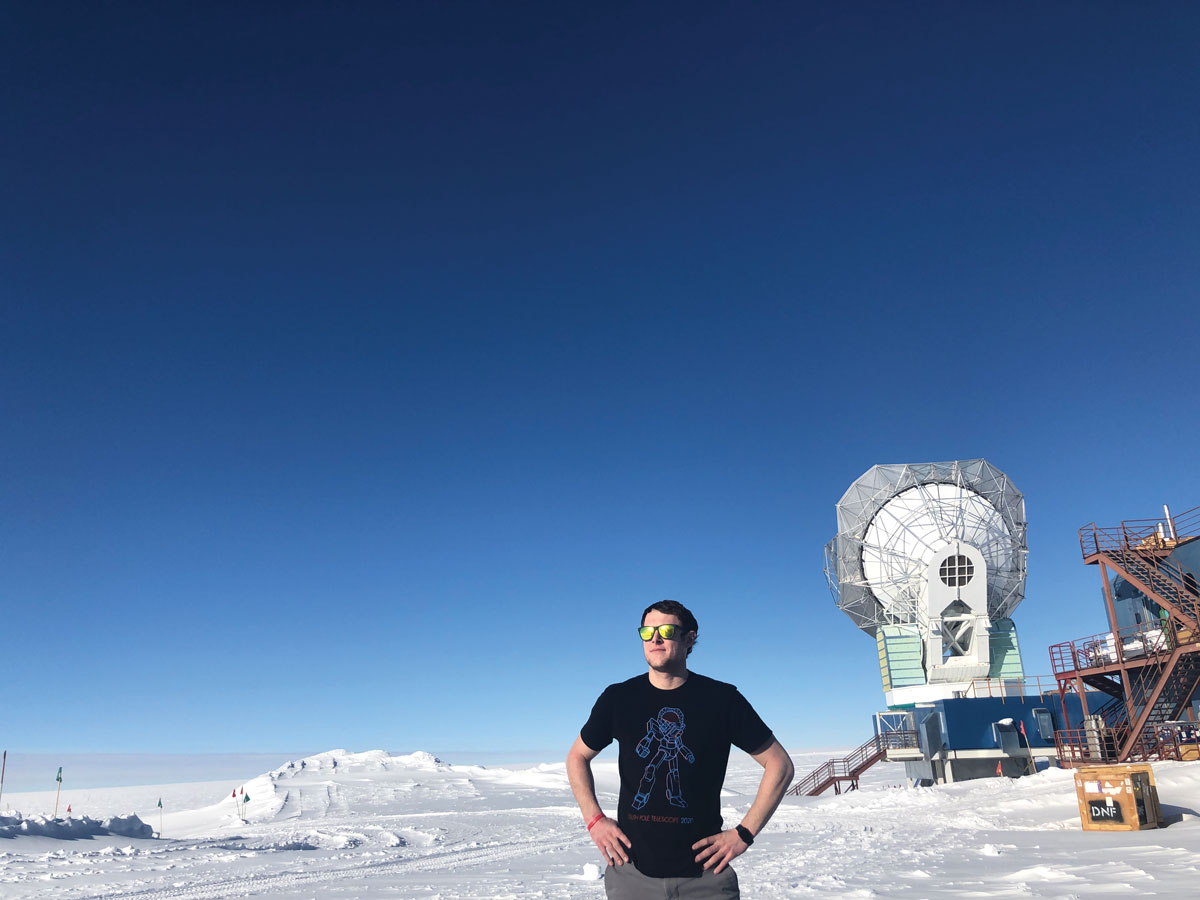Jupiter’s volcanic moon is captured in exquisite detail by an instrument atop a mountain in Arizona.
telescopes
Out With the Old, in With the Cold
A 12-meter telescope at the Arecibo Observatory gets outfitted with a wideband cryogenic system to expand its capabilities.
James Webb Space Telescope Captures Saturn’s Changing Seasons
Unprecedented images reveal how Saturn’s atmosphere is evolving as summertime winds down in its northern hemisphere.
“Hot Jupiter” Is in a Possible Death Spiral
Kepler’s first exoplanet is migrating toward its star, an evolved subgiant that is much bigger than first thought.
Shake, Rattle, and Probe
Helioseismology allows scientists to study the interior of the Sun, solve some basic physics mysteries, and forecast space weather.
A Unified Atmospheric Model for Uranus and Neptune
In a new model, three substantial atmospheric layers appear consistent between the ice giants.
Allen Foster: Greasing Telescope Gears During a 7-Month-Long Night
While overwintering in Antarctica, Foster maintains the South Pole Telescope facilities.
Edgard Rivera-Valentín: Boricua Planeteer
Inspired by the science infrastructure in their own backyard.
Galaxy Mapper Tracks Asteroids Closer to Home
The Gaia mission’s asteroid survey will help dig deeper into the solar system’s rocky history.
The First Look at Our New Astronomy Paradigm
Five galaxies, two nebulae, an exoplanet, and the early universe—JWST’s first images provide a cross section of the science yet to come.










